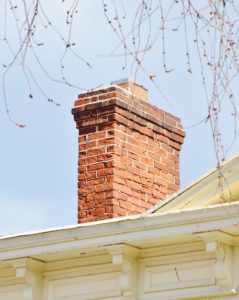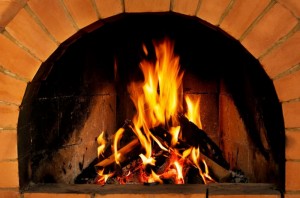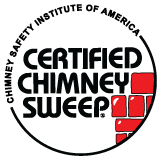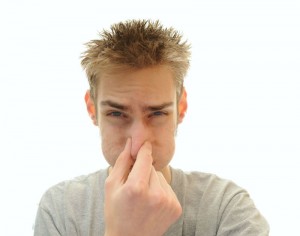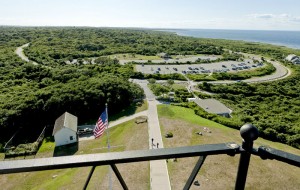The Value of CSIA Certification
No one wants to be a trailblazer when it comes to their safety and health. That’s why Chief Chimney Services in Long Island, New York and hundreds of other chimney professionals belong to and have their technicians certified by the Chimney Safety Institute of America (CSIA).
CSIA is a non-profit organization dedicated to “public awareness while educating and certifying industry professionals” throughout North America.
Since 1983 the CSIA has been the recognized authority on the prevention of fires. CSIA has established uniform standards of performance for both chimney and dryer exhaust technicians.
In order to earn the CSIA Certified Technician status, the technician must complete a rigorous process of learning based on the National Fire Protection Association and International Residential Fire Codes and Standards, chimney construction, and cleaning processes and then the technician must pass comprehensive exams. As part of the certification process there is also extensive hands on training and testing with leaders in the industry.
For those in the industry, earning the CSIA credentials for your business and technicians means more than just paying dues and belonging to a “club”. Being an active participant in CSIA sends a message to your existing and potential customers that you are committing your time and financial resources to provide the highest level of expertise and superior customer service necessary to keep their family and home safe.
Remember consumers can be very particular about the service team they let into their homes. As they should be. Many have heard horror stories of big messes during the chimney sweeping process, unscrupulous businesses practices, and shoddy work and so they procrastinate in calling for service to avoid the hassles. It is your job to educated the consumer on the importance of regular maintenance and why they can trust you to be their solution and the expert they can trust.
From a consumer’s perspective seeing your CSIA credentials ensures they are doing business with a trusted professional not just some guy canvassing your neighborhood. The CSIA provides homeowners with a list of qualified chimney companies who can perform the maintenance and repair services they need according to the CSIA standards. As a business owner, you want to be included in that elite group.
Equally important in assessing your consideration as the chimney sweep consumers choose to do business with is, the fact that you display your all your credentials which tells the consumer you are serious about the service you provide and you want to develop a long term relationship with them. Be sure to post on your website and on other marketing materials that you have participated in continuing education classes.
The CSIA website provides a wealth of information for those in the industry as well as consumers. The fact that your company is part of such an impressive and prestigious organization adds value to the services you provide. Your membership and commitment to having your technicians certified and renewing their certification helps distinguish you in the marketplace and tells potential customers (and your existing customers) why they should be doing business with you rather than your competitors!


